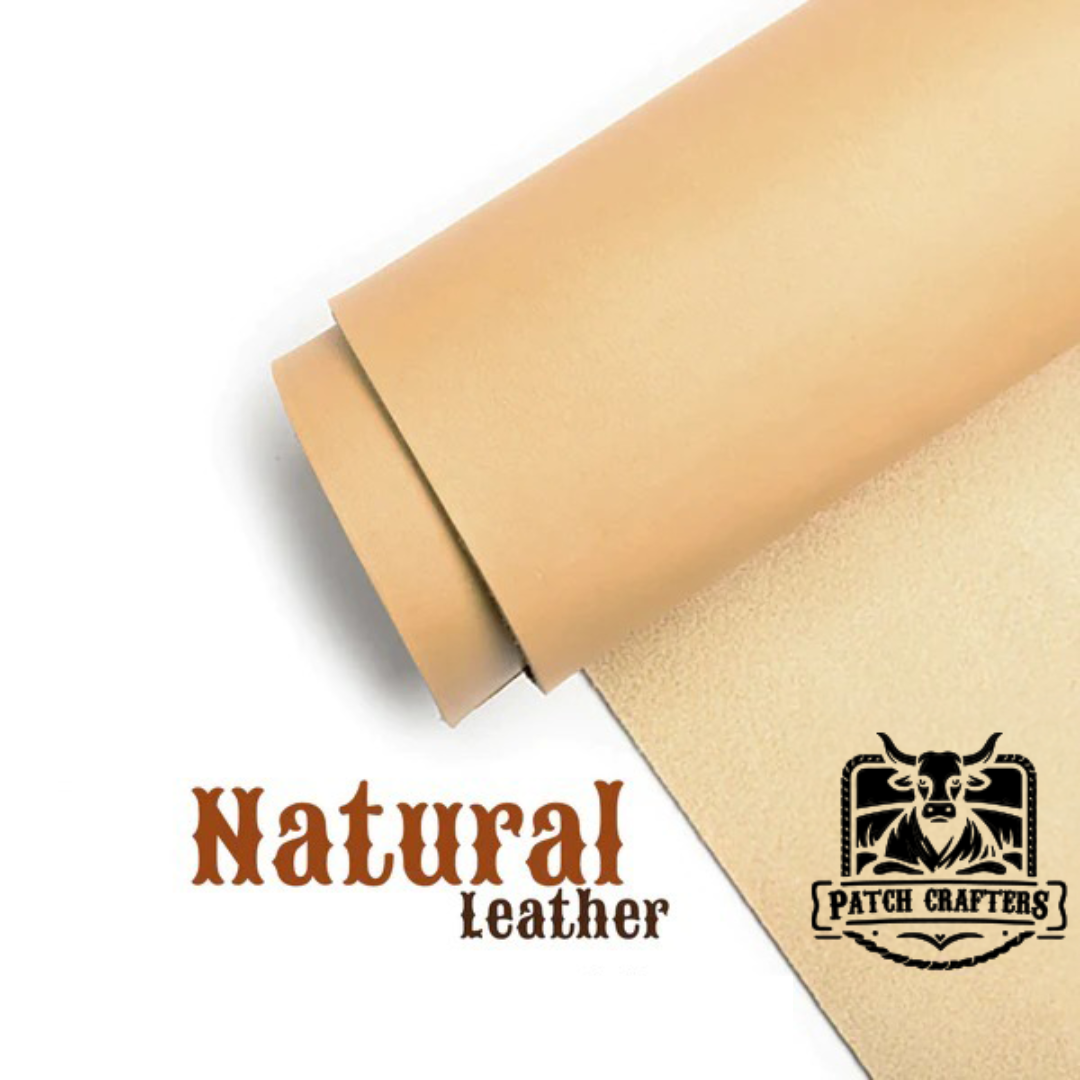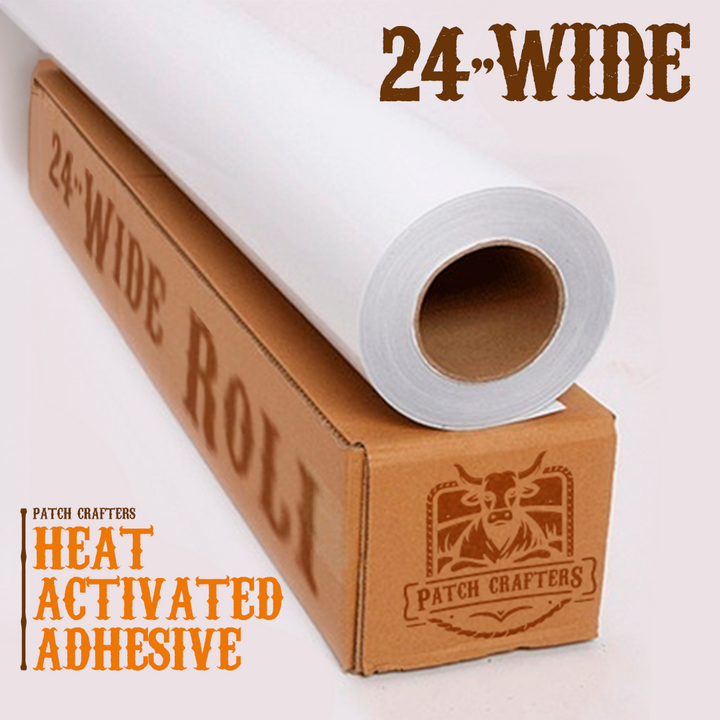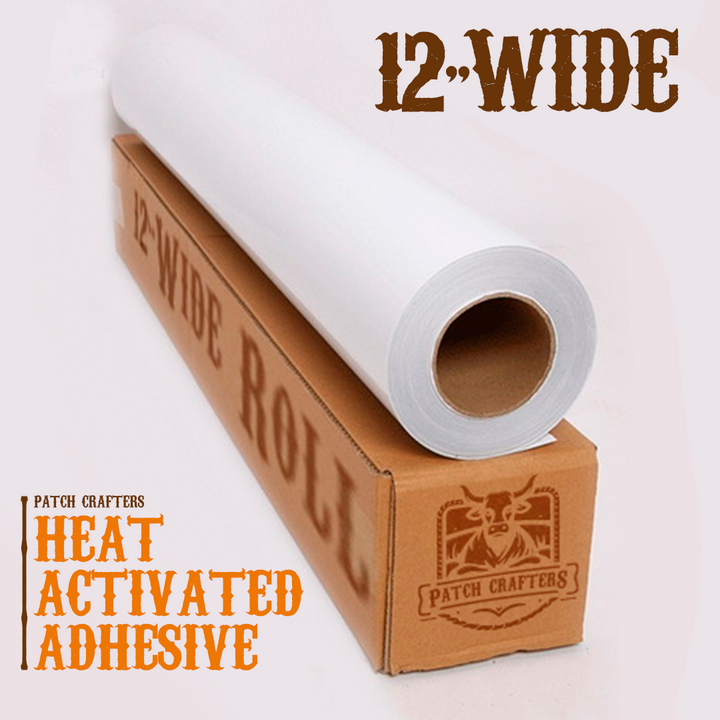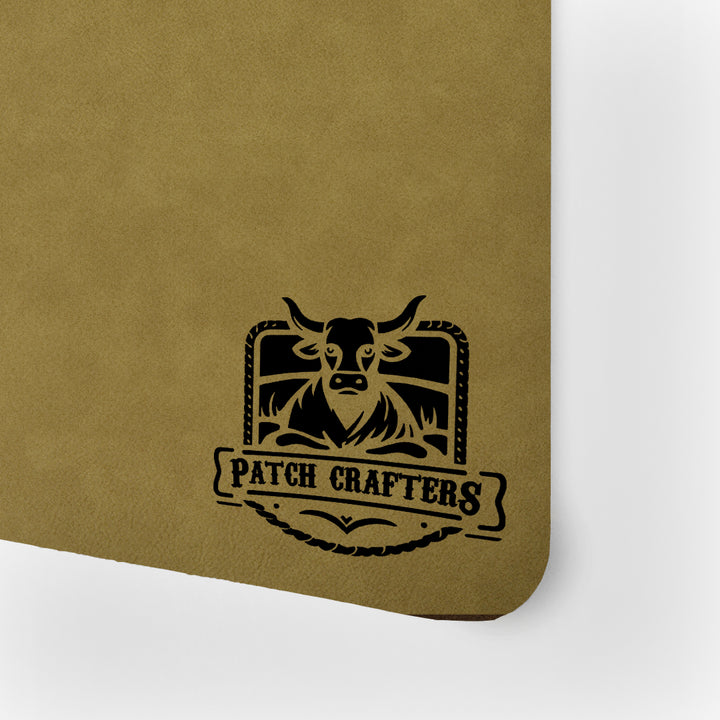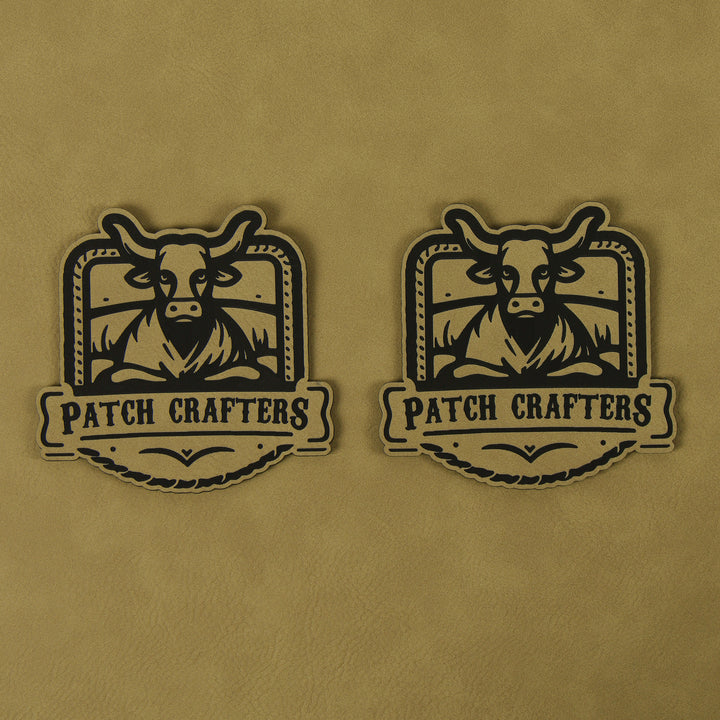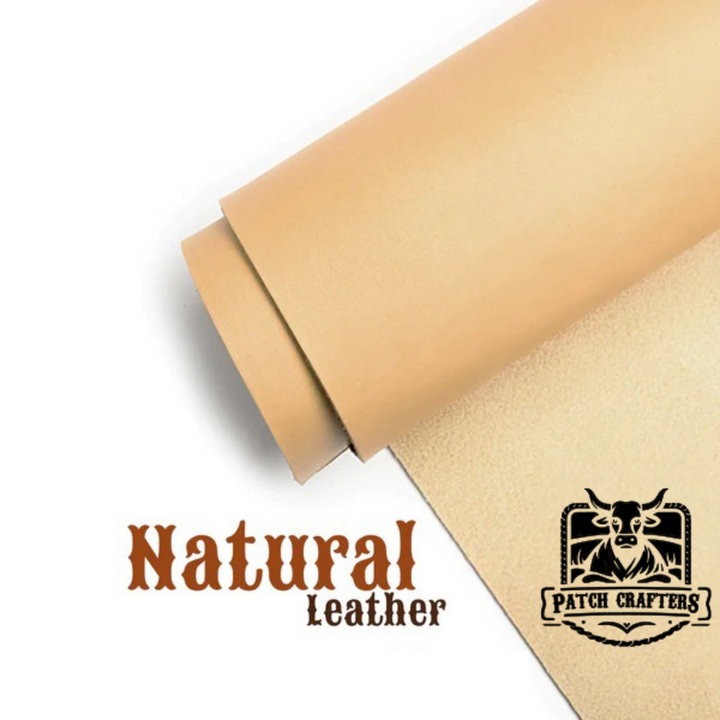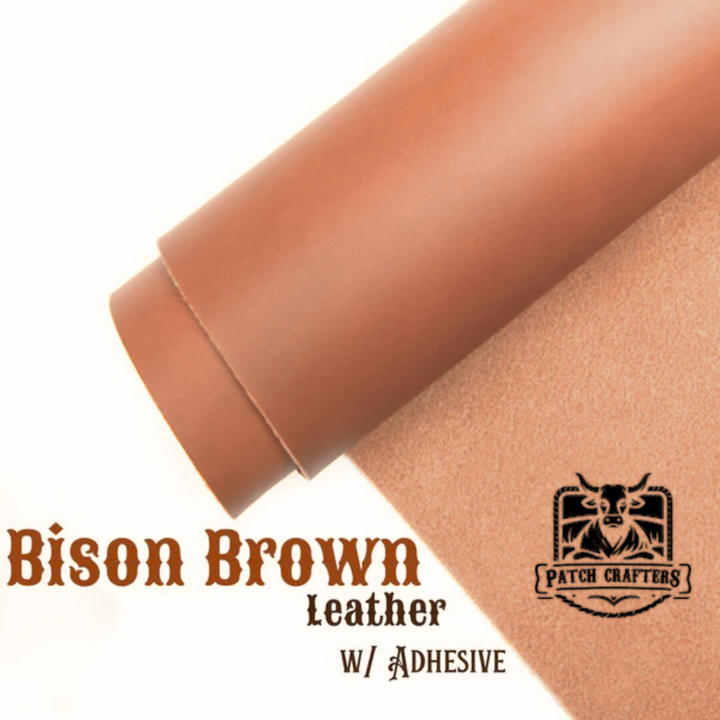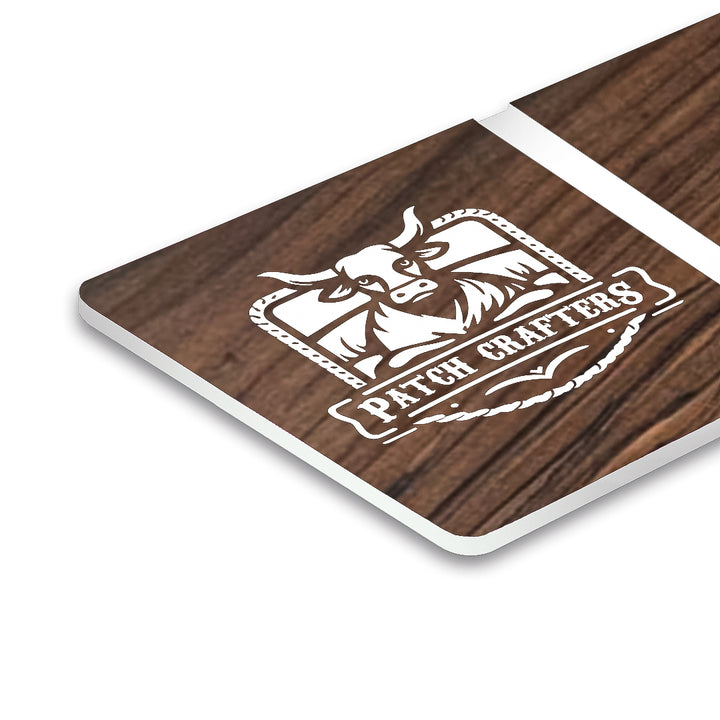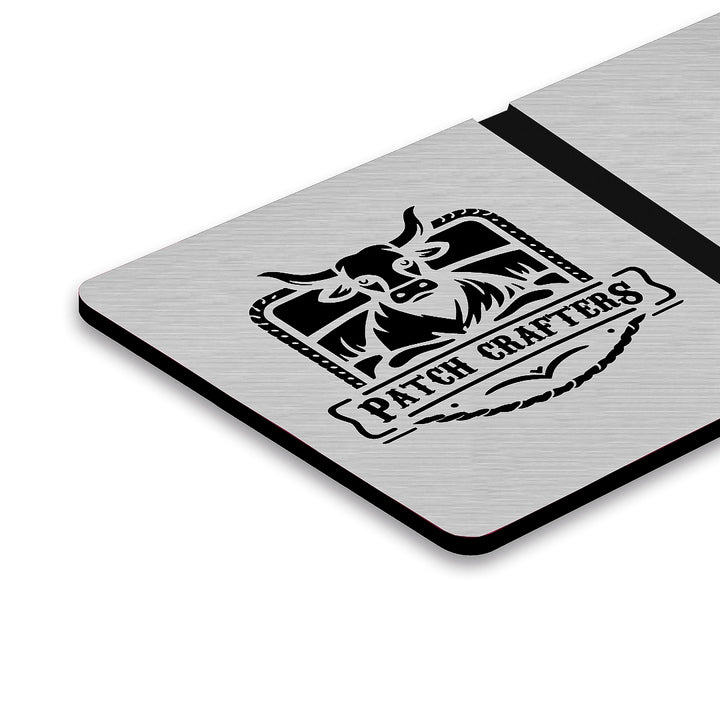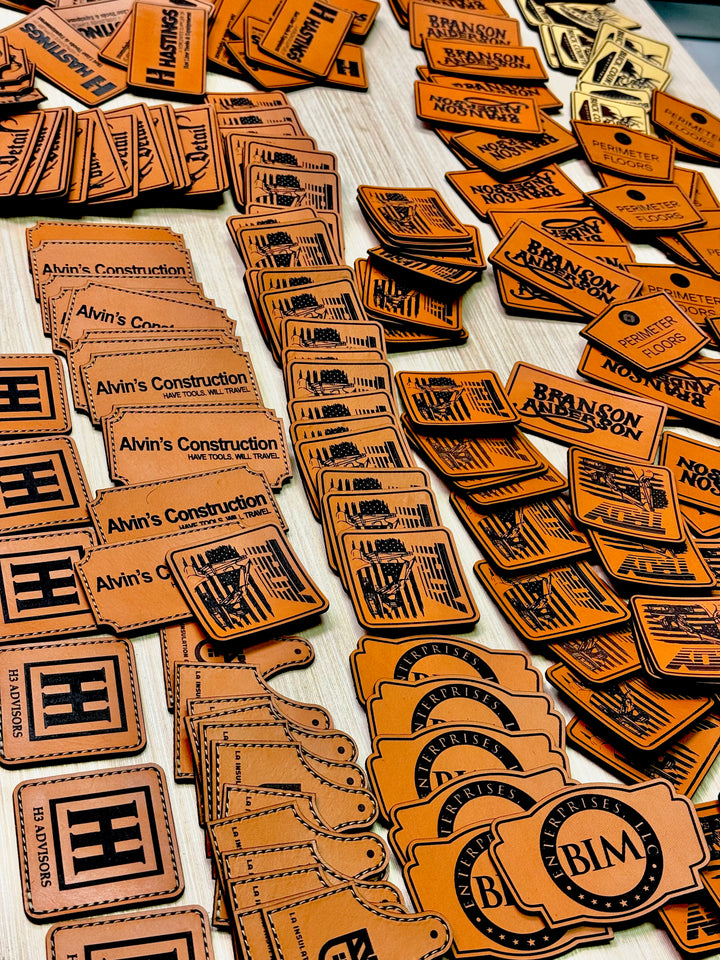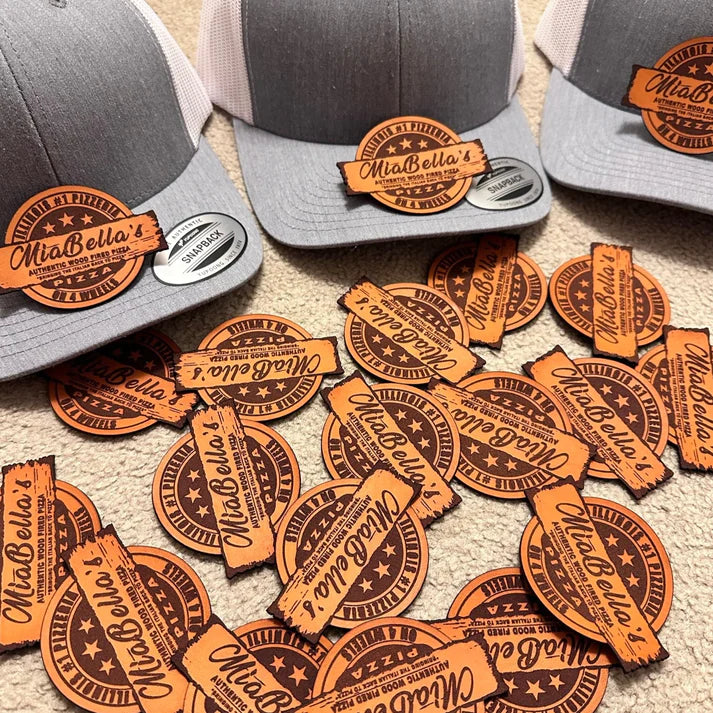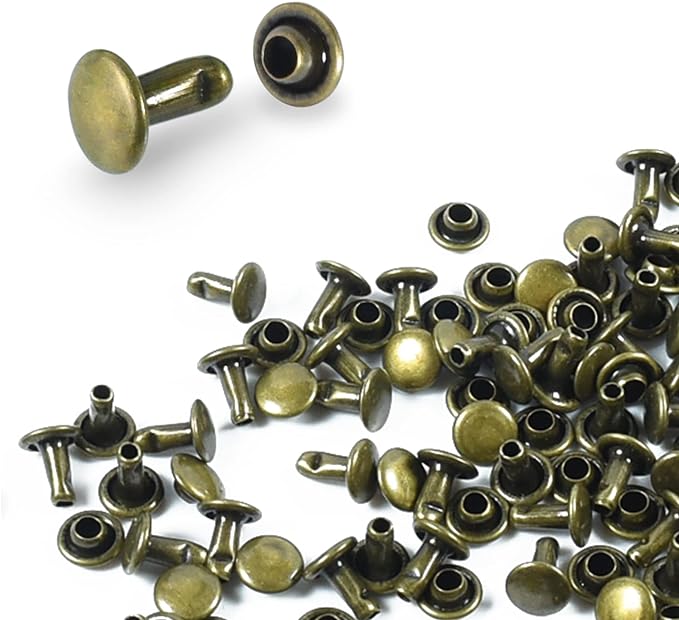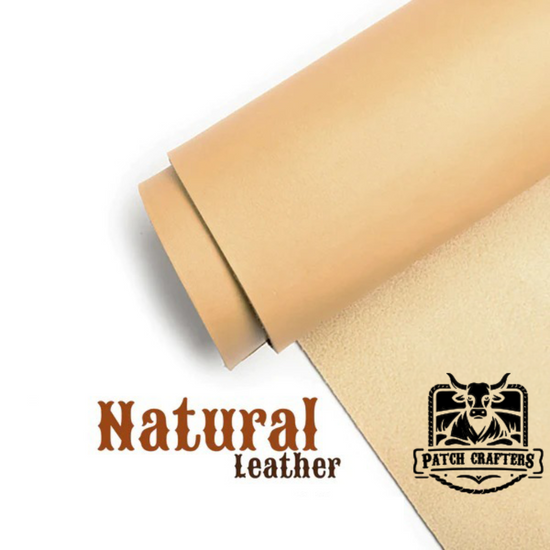Full-Grain Leather Panel - Natural
Couldn't load pickup availability
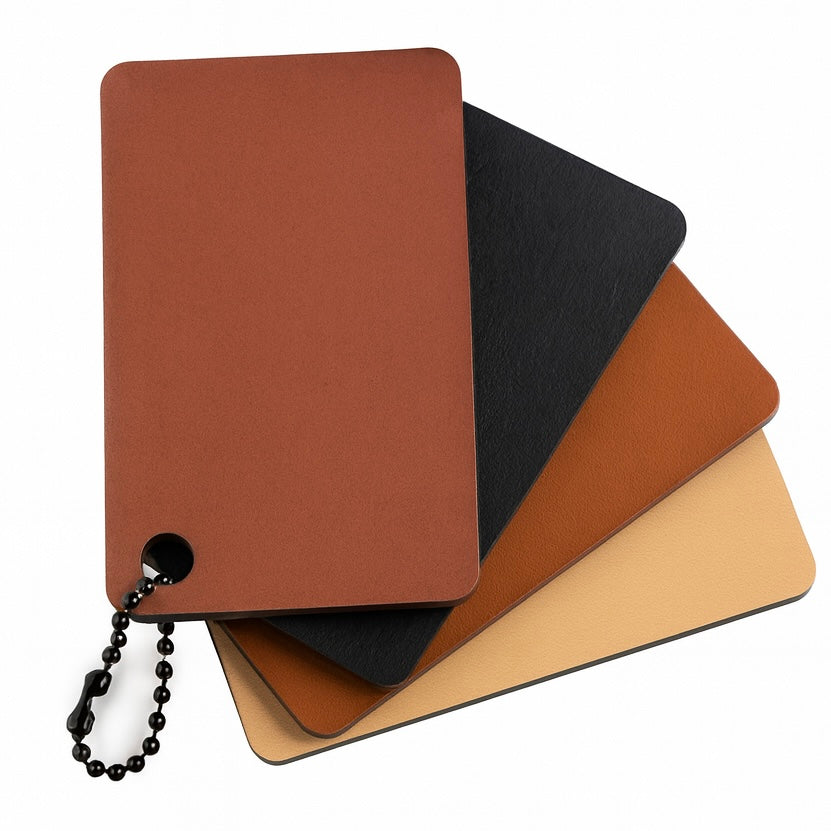
Want to test our premium leather first?
Order a Full Grain Leather Sample
Experience the quality, texture, and engraving results before committing to full panels.
Premium Full-Grain Leather Panels – Heat-Activated Adhesive Backing
Experience the unmatched quality of our 100% vegetable-tanned, full-grain leather panels, carefully crafted for creators who demand the best. Each panel is 4 to 5 oz thick, offering a substantial feel and premium durability that reflects the finest in traditional leathercraft.
IMPORTANT — PLEASE READ:
⚠️ THICKNESS NOTICE:
This leather is fairly thick and may be challenging to cut with low-wattage lasers. We recommend using a higher-powered CO₂ laser or engraving-only setups when working with these panels.
⚠️ HEAT PRESS RECOMMENDATION:
We strongly recommend using a dual heat press or adding our Heat Dualizer to ensure heat is applied from both the top and bottom of the patch. Leather is a strong insulator and can prevent single-plate machines from delivering enough heat to properly activate the adhesive.
⚠️ NATURAL IMPERFECTIONS:
Genuine leather is never perfect. Expect minor natural marks, small scars, or punctures. These are not defects, but part of what makes each piece unique and authentic.
⚠️ THICKNESS VARIATION:
Panels are hand-selected and cut to size, but slight variations in thickness may occur between pieces. This is a natural result of working with full-grain leather.
🔥 What’s New:
-
Acrylic Top Coat: A sleek new finish makes post-engraving cleanup effortless—just wipe with a damp rag for a clean, professional look.
-
Improved Heat Resistance: Engineered to withstand heat pressing without burning, warping, or discoloration—perfect for laser engraving and patch application.
-
Deeper Color, Richer Character: Advanced dyeing processes deliver enhanced color saturation and a more uniform finish across every panel.
🌿 Authentic Leather, Naturally Unique
We proudly hand-select each hide to maintain consistent quality, but as with all genuine leather, minor imperfections such as small scars, marks, or slight thickness variations may be present. These natural features are not defects—they’re proof of authenticity and add character to your final product. No two panels are exactly alike.
🛠️ Made for Makers
-
Thickness: 4–5 oz (approx. 1.6–2.0 mm)—robust and ideal for leather patches.
-
Backed with Heat-Activated Adhesive: Our exclusive Patch Crafters adhesive ensures strong, lasting bonds during heat pressing.
-
Laser Compatibility: Thicker leather may be challenging for low-wattage lasers. For best results, use a higher-powered CO₂ laser or engrave without full cuts.
Whether you're crafting premium leather patches or building standout products, these panels combine beauty, resilience, and ease of use—elevating your work with every piece.
View Product Information
All Sheets come with Our Patch Crafters Heat Activated Adhesive
Every sheet you choose is primed for perfection, already equipped with our exclusive PatchCrafters heat-activated adhesive, ready to turn your creative visions into durable realities.
What is the recommended method for applying leather panels using a heat press?
When working with leather panels that come with PatchCrafters adhesive already applied, the application process is simplified, ensuring a secure and aesthetically pleasing finish on your custom hats. Follow the instructions below, tailored to the type of heat press you are using, to achieve the best results.
Single Heat Plate Press (e.g., Vevor):
Important Advisory: Due to the thickness of our premium leather panels, single heat plate press machines may struggle to fully activate the adhesive. The leather acts as an insulator, reducing heat transfer from the top plate. For optimal results, we recommend testing your press settings and adjusting them as needed to ensure sufficient heat reaches the adhesive.
Initial Press: Press the hat for 45 seconds at 300°F to prepare the fabric, ensuring it is ready for the adhesive to bond.
Applying the Panel: Position the leather panel where you want it on the hat. Apply the heat press again at 300°F for 45 seconds. Check the bond and if necessary, repeat for an additional 10-15 seconds or increase the pressure to help compensate for the heat insulation.
Pre-heat the Bottom Plate: To improve heat distribution, we recommend pre-heating the bottom plate for 4 minutes before you begin. Simply press the machine without any garment or panel in place. This allows the foam to absorb heat, compensating for the top plate's limited ability to penetrate thicker leather panels.
Double Heat Plate Press (e.g., Hotronix 360 IQ, Chinese Model):
- Option 1: Adjust the top plate to between 270°F and 290°F and the bottom plate to between 300°F and 320°F. Press with medium pressure for 45 seconds. This method is effective for a strong and even bond.
- Option 2 (Double Press Method): First, apply heat for 30 seconds to preheat the area. Then, place the leather panel and apply a second heat application for 20-25 seconds to secure the panel in place.
Important Considerations:
- The patches should be completely dry before application. Moisture can interfere with the effectiveness of the adhesive.
- If the panel does not adhere properly after the first press, it may need slightly more heat. Adjust the temperature or duration as necessary based on your initial outcome.
These guidelines are designed to facilitate a seamless application process for our leather panels with pre-installed adhesive, ensuring your custom hat projects are both enjoyable and successful. As always, should you need further assistance or have questions about your specific project, our dedicated customer support team is here to provide personalized support and advice.
What approach should I use to find the correct engraving settings for leather?
Genuine leather varies greatly in its reaction to laser engraving, so finding the right settings involves experimentation. Start with your machine's settings for organic materials as a baseline. Use a low power setting initially, as leather can burn easily, and increase power incrementally during your tests. Speed settings should be adjusted based on the power adjustments to achieve the desired effect, whether it's surface marking or a deeper cut. Always test on a piece of leather similar to your project material, adjusting for the leather's color, thickness, and type. Observing the effects of these adjustments will guide you to the perfect settings for your specific leather.
Do engraving full-grain leather panels produce toxic fumes?
Engraving our full-grain, vegetable-tanned leather panels does not produce toxic fumes. Our leather is 100% vegetable-tanned, a method that uses natural materials such as tree bark and other plant sources, making it environmentally friendly and safe for engraving. Unlike chrome-tanned leather, which uses chemicals such as chromium salts and can release harmful substances when heated, vegetable-tanned leather is safer and retains the natural beauty of the hide.
Educational Point: Chrome tanning is a quicker and more chemical-intensive process, providing softer leather with a wide range of colors, but it can be less eco-friendly. Vegetable tanning, on the other hand, is an age-old tradition that results in a more natural and durable leather with rich patinas that develop over time. This method is generally recognized for its minimal environmental impact and the distinctive quality it imparts to the leather.
Safety Recommendations: While our vegetable-tanned leather is safer to engrave than chrome-tanned varieties, we still recommend engraving in a well-ventilated area to ensure comfort and safety. Using proper ventilation systems will help maintain a pleasant working environment and ensure that any odors produced during the engraving process are effectively managed.
What is the difference between chrome-tanned and vegetable-tanned leather, and how does this affect the engraving process?
Tanning Methods and Their Differences:
- Chrome Tanning:
- Process: Chrome tanning uses chromium salts and other chemicals to treat the leather. This method is relatively fast, taking about a day to complete, and is popular for its ability to produce soft, uniformly colored leather with high water resistance.
- Characteristics: The leather is more supple and pliable compared to vegetable-tanned leather. It is available in a wide range of vibrant colors and has a more uniform appearance.
- Environmental Impact: While effective, chrome tanning is less environmentally friendly due to the use of heavy metals and other chemicals, which can be harmful if released into the environment.
2. Vegetable Tanning:
- Process: Vegetable tanning is an ancient and natural method that uses organic materials like tree bark, leaves, and other plant-based sources. This process is much slower, typically taking several weeks to months to complete.
- Characteristics: Vegetable-tanned leather is stiffer and can develop a rich patina over time, enhancing its aesthetic appeal. It is known for its earthy tones and natural look, and it tends to be thicker, providing a robust material for products.
- Environmental Impact: This method is considered more environmentally friendly and sustainable, largely avoiding harmful chemicals. It’s preferred for its lower environmental impact and the biodegradable nature of its waste products.
Impact on Engraving:
- Engraving Chrome-Tanned Leather:
Due to the chemical treatment and softer nature of chrome-tanned leather, engraving can sometimes lead to less precise edges, potential hardening or warping due to heat, and occasionally toxic fumes due to the breakdown of chemicals like chromium compounds, especially if the leather is not properly managed or of lower quality.
- Engraving Vegetable-Tanned Leather:
Vegetable-tanned leather offers a more stable and consistent surface for engraving, resulting in cleaner and more precise cuts. The natural fibers and absence of harsh chemicals generally make it safer to work with during the engraving process, as it does not produce harmful fumes. The robustness of vegetable-tanned leather allows for deeper and more detailed engravings without compromising the integrity of the leather.
Conclusion:
Choosing between chrome-tanned and vegetable-tanned leather for projects involving engraving depends on your specific needs for the final product's aesthetics, durability, and environmental considerations. For engraving, vegetable-tanned leather is generally preferred due to its superior response to the process and its environmental benefits.
What is the Difference Between Full Grain Leather, Genuine Leather, and Other Leather Varieties?
1. Full Grain Leather:
- Description: Full grain leather is the highest quality leather available. It is made from the outermost layer of the animal hide and includes the entire grain with minimal processing.
- Characteristics: This type of leather retains the natural imperfections and textures of the hide, which contributes to its strength and durability. It develops a patina over time, which is a weathered, glossy layer that adds to its aesthetic appeal.
- Uses: Due to its durability and luxurious appearance, full grain leather is commonly used in high-end products like quality furniture, footwear, and fashion accessories.
2. Genuine Leather:
- Description: Genuine leather, despite what the name might imply, is not the highest quality of leather. It generally comes from the layers of hide that remain after the top is split off for the higher grades of leather.
- Characteristics: This leather is thinner and more flexible than full grain leather. It is often treated and pigmented to cover imperfections. Over time, it may wear out or peel, unlike full grain leather, which ages well.
- Uses: Genuine leather is widely used in mid-range products including bags, shoes, and jackets, where cost considerations are paramount but a real leather product is desired.
3. Top Grain Leather:
- Description: Top grain leather is the second highest quality of leather, made from the layer below the very outermost surface of the hide. The top layer is sanded to remove imperfections, making it more uniform.
- Characteristics: It is more pliable and thinner than full grain leather due to the sanding process. Top grain leather can be treated to create a smooth, even surface, which is less breathable compared to full grain.
- Uses: It’s commonly used in high-end leather products that require a more uniform finish, like luxury handbags and wallets.
4. Bonded Leather:
- Description: Bonded leather is made from the scraps and fibers left over from processing high-quality hides, which are then bonded together using polyurethane or latex on top of a fiber sheet.
- Characteristics: The least durable form of leather, it often contains a small percentage of actual leather. It's easy to manufacture and can mimic the appearance of higher quality leather at a much lower cost.
- Uses: Often used in furniture and bookbinding for a cost-effective leather look.
Why Choose Full Grain Leather?
Choosing full grain leather means investing in longevity, quality, and aesthetic appeal. Full grain leather not only lasts longer but also improves in appearance over time, developing a distinctive patina that is highly valued in leather goods. It remains the top choice for those seeking the best in durability and style, making it ideal for high-quality, luxury leather products. For a business like yours that sells only full grain leather, emphasizing these qualities helps highlight the superior craftsmanship and value of your products compared to those made with other types of leather.
Important information
Due to the nature of this material, you may occasionally find minor imperfections such as small punctures or natural leather defects. These characteristics add to the uniqueness and authenticity of each piece.
View Product Details
Premium Full-Grain Leather Panels – Heat-Activated Adhesive Backing
Experience the unmatched quality of our 100% vegetable-tanned, full-grain leather panels, carefully crafted for creators who demand the best. Each panel is 4 to 5 oz thick, offering a substantial feel and premium durability that reflects the finest in traditional leathercraft.
IMPORTANT — PLEASE READ:
⚠️ THICKNESS NOTICE:
This leather is fairly thick and may be challenging to cut with low-wattage lasers. We recommend using a higher-powered CO₂ laser or engraving-only setups when working with these panels.
⚠️ HEAT PRESS RECOMMENDATION:
We strongly recommend using a dual heat press or adding our Heat Dualizer to ensure heat is applied from both the top and bottom of the patch. Leather is a strong insulator and can prevent single-plate machines from delivering enough heat to properly activate the adhesive.
⚠️ NATURAL IMPERFECTIONS:
Genuine leather is never perfect. Expect minor natural marks, small scars, or punctures. These are not defects, but part of what makes each piece unique and authentic.
⚠️ THICKNESS VARIATION:
Panels are hand-selected and cut to size, but slight variations in thickness may occur between pieces. This is a natural result of working with full-grain leather.
🔥 What’s New:
-
Acrylic Top Coat: A sleek new finish makes post-engraving cleanup effortless—just wipe with a damp rag for a clean, professional look.
-
Improved Heat Resistance: Engineered to withstand heat pressing without burning, warping, or discoloration—perfect for laser engraving and patch application.
-
Deeper Color, Richer Character: Advanced dyeing processes deliver enhanced color saturation and a more uniform finish across every panel.
🌿 Authentic Leather, Naturally Unique
We proudly hand-select each hide to maintain consistent quality, but as with all genuine leather, minor imperfections such as small scars, marks, or slight thickness variations may be present. These natural features are not defects—they’re proof of authenticity and add character to your final product. No two panels are exactly alike.
🛠️ Made for Makers
-
Thickness: 4–5 oz (approx. 1.6–2.0 mm)—robust and ideal for leather patches.
-
Backed with Heat-Activated Adhesive: Our exclusive Patch Crafters adhesive ensures strong, lasting bonds during heat pressing.
-
Laser Compatibility: Thicker leather may be challenging for low-wattage lasers. For best results, use a higher-powered CO₂ laser or engrave without full cuts.
Whether you're crafting premium leather patches or building standout products, these panels combine beauty, resilience, and ease of use—elevating your work with every piece.
